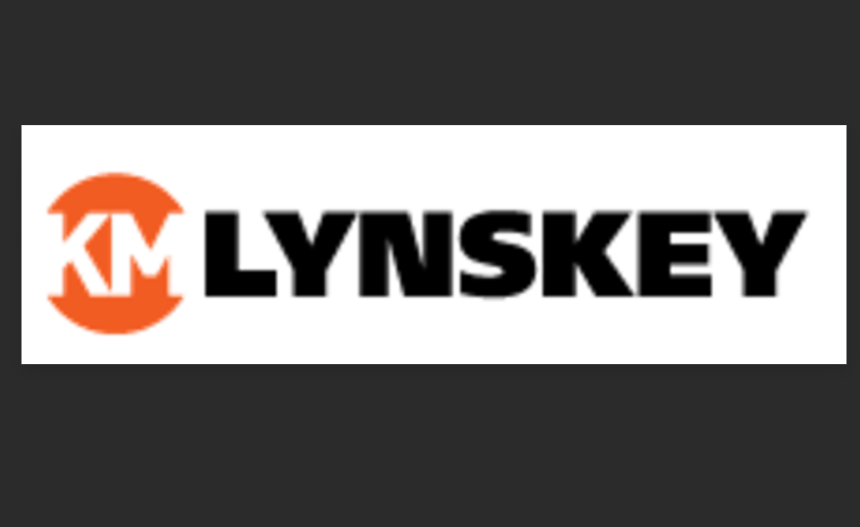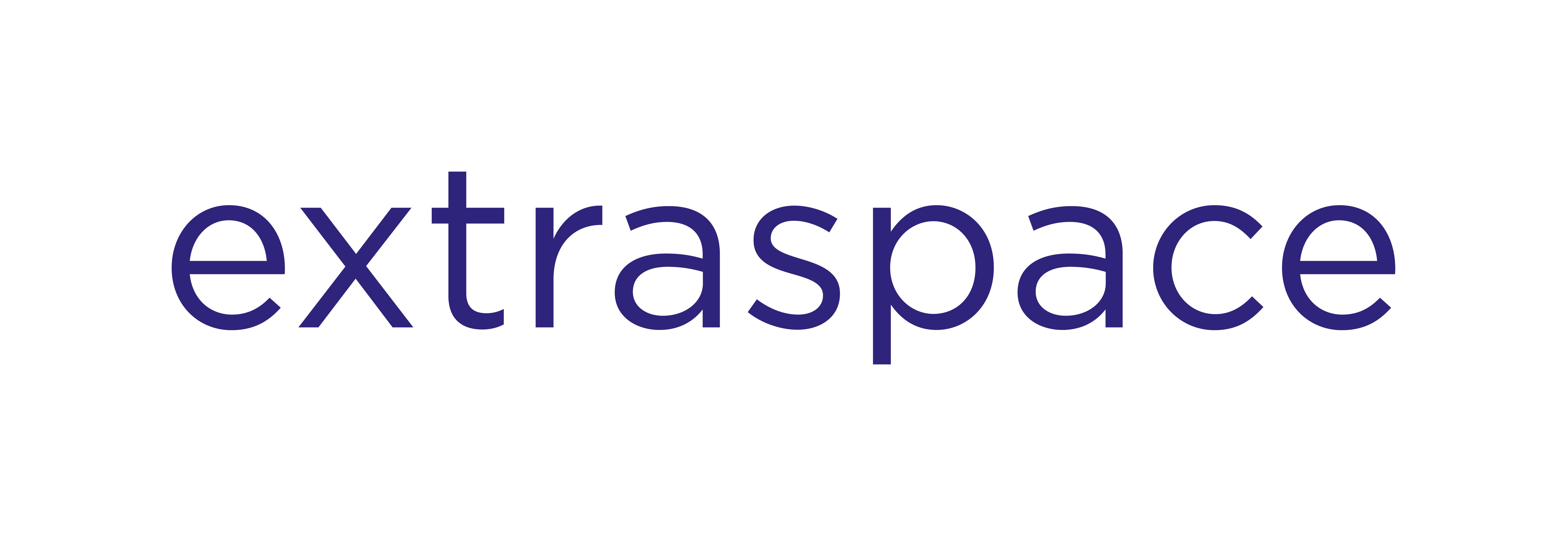Title Page
-
Conducted on
-
Project Manager
-
Location
-
Audit Date
Previous Week:
-
1. Have all actions from previous inspection been completed?
Site Access:
-
1. Is the site secure, fencing/ hoarding in good condition. Measure taken to prevent unauthorised access?
-
2. Are the walkways well maintained, clear from obstruction and proper signage in place?
-
3. Are cables elevated above head height where possible?
-
4. Is there adequate vehicle/ pedestrian segregation evident on site?
-
5. Are there adequate welfare facilities available (canteen, drying room, wc) and are these clean and well maintained?
-
6. Is the compound well maintained i.e. adequate bins in place no build up of debris/ materials or rubbish?
Housekeeping/Material Storage
-
1. Is there evidence of good housekeeping, clean as you go policy being implemented?
-
2. Is there sufficient lighting available, task lighting to be used where there is inadequate natural lighting.
-
3. Are materials stored in an organised and safe manner? (Central storage with barriers and signage in place)
Work at Height:
-
1. Are signage and exclusion zones present?
-
2. Is the WAH inspections up to date( GA1/GA3)?
-
3. Is the WAH equipment tagged safe to use and is it in good condition?
-
4. Are scaffolds used on site?
-
5. What is the condition of the scaffold correct set-up braced and tied correctly. Tagged safe to use?
-
6. For mobile scaffolds - Are double guardrails /wheels in good condition/brakes present?
-
7. MEWP operators – are operators trained and competent to operate the MEWP?
Personal Protective Equipment:
-
1. Are operatives adhere to the mandatory PPE policy on site?
-
2. Is the right PPE used for task? (e.g. safety goggles/ visor for used with abrasive wheels, hearing protection where required)
-
3. Respiratory Protection (RPE) - correct type of RPE worn for works being undertaken?
Tools/Equipment:
-
1. Are tools in good condition with guards and handles in place, Regularly inspected?
-
2. Power Tools: electrical tools and equipment only 110v, visually inspected and regularly tested by competent person (PAT)? Cables and leads in good condition, protected from damage and not trailing to present a trip hazard? Hand tools used safely.
-
3. Dust Risks. Is exposure to dusts being managed correctly , e.g. asbestos, silica, wood, etc. Are employees aware of risk to health and have correct control measures in place (LEV/ On-tool dust extraction, natural ventilation, RPE if required)
Plant/Machinery:
-
1. What Plant/Machinery are used on site?
-
Are thorough examination certificates on file for this plant?
-
Are weekly inspections completed for all plant & equipment? (e.g. dumpers, forklifts, etc.). Is plant in good condition, beacons and alarms in place and in good working order?
-
Have all plant operators provided relevant training cards?
Lifting:
-
1. Is there a lift plan in place? Competent personnel involved in lift. Have staff involved in lifting practices been briefed on the lift plan?
-
2. Are operatives using safe practices for lifting, check for overhead risks (power lines etc) ?
Fire & Emergency:
-
1. Fire Point – Are there adequate fire points available, means of raising the alarm?
-
2. Fire extinguishers – adequate supply, all within service date?
-
3. First Aid – Are there qualified first aiders available on site, identifiable with helmet sticker? Emergency information posted in welfare areas.
-
4. First Aid – Is there adequate first aid & eye wash supplies available on site, all consumables in date?
-
5. Is smoking well controlled on site? Do any combustibles pose risk – build up of materials, timber, waste, packaging etc.
-
6. Are hot works well controlled, permits in place, evidence of fire watch, fire extinguishers/ blankets at point of use? Correct PPE for hot works in place
-
7. Are Hot Works Permit in place with evidence of old ones being closed of?
Chemical Safety:
-
1. Are chemical materials stored correctly (compatible substances stored together?) Stored in accordance with MSDS/ manufacturer’ s guidelines?
-
2. Are MSDS available, COSHH assessments completed where required?
-
3. Are spill kits readily available in the area?
Safety Consulatation:
-
1. Is site communication maintained with Toolbox talk /RAMS briefing and SPA?
-
2. Are all operatives Skillko compliant, Induction and training in place?
Welfare:
-
1. Health signage in place for staff, information on mental health initiatives, Lighthouse Charity/ EAP programme etc.
-
2. Are operatives using good Manual Handling techniques by using mechanical means or reduced by use of lifting aids?.
-
3. Do operatives hold manual handling training?
Summary:
-
Summary of audit:










